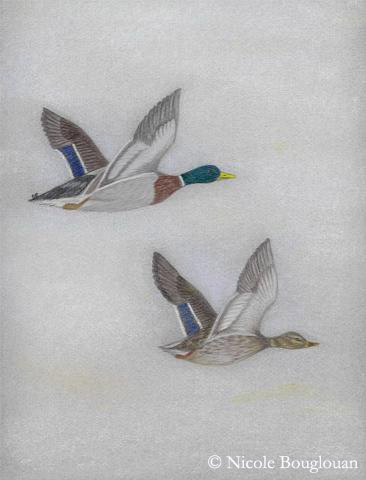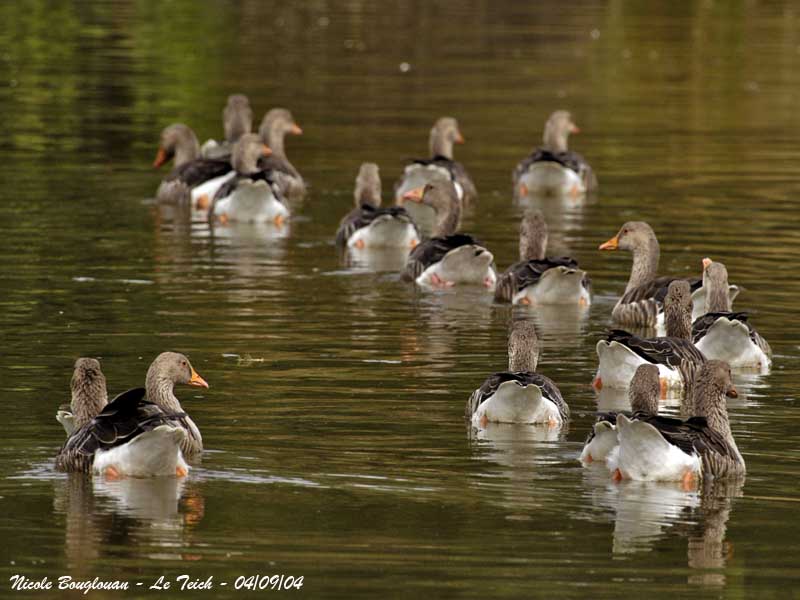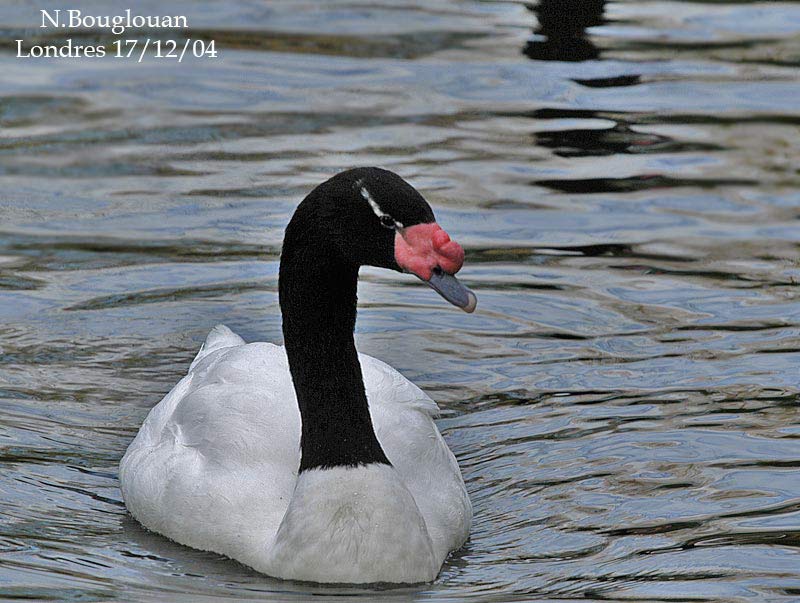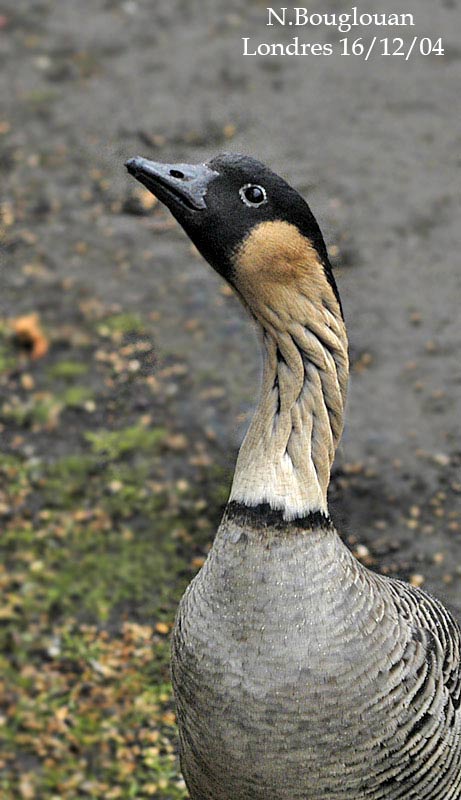
ANSERIFORME ORDER

There are medium-sized to large birds, and if the Anhimidae with short and hooked bill may show some ornaments on head and neck, the Anatidae have bright-coloured speculums on the wings, from blue to purple-blue and even green to bronze. The bill is broad and flatten towards the tip, with lamellae inside which allow to filter the water and to keep the food. The strong legs are short and the feet are webbed.
The body is plump, with fairly short tail. The strong wings are short and pointed. These birds swim and fly better than they walk!

As in almost all the bird’s species, males have brighter colours than females which often have cryptic plumage. Pairs form on the wintering areas, using several kinds of displays. Copulation often occurs in the water.
The nest is a shallow scrape in the ground, and the interior is lined with soft materials, from vegetation to feathers. It is a very simple structure usually built by the female. She defends the nest-site and the close vicinity, whereas the territorial male defends the territory. But in numerous species, the male does not share the nesting duties.
Several females often lay in the same nest, but usually, one female lays between 4 and 12 eggs. The incubation varies according to the species, but it lasts about 3 weeks to 45 days. The chicks are precocial and feed themselves very soon after hatching.
They are fully feathered at 5 to 10 weeks of age, and reach their sexual maturity at one year.
Text, illustration and photographs by Nicole Bouglouan
Related articles:
Family Anhimidae (Screamers)
Eiders... four really strange ducks
Sources:
HANDBOOK OF THE BIRDS OF THE WORLD vol 1 by Josep del Hoyo-Andrew Elliot-Jordi Sargatal - Lynx Edicions - ISBN: 8487334105
Animal Diversity Web (University of Michigan Museum of Zoology)



The Anseriform species feed mainly on aquatic vegetation such as stems, flowers, leaves, seeds and roots, but they also take crustaceans and small fishes, molluscs and insects.
Mammals, corvids, owls and humans are the main predators of these species which nest on the ground.
Humans hunt numerous birds classified as game-birds, and some other species are now domesticated for their flesh and eggs.
Habitat loss and use of pesticides are important threats for them too.